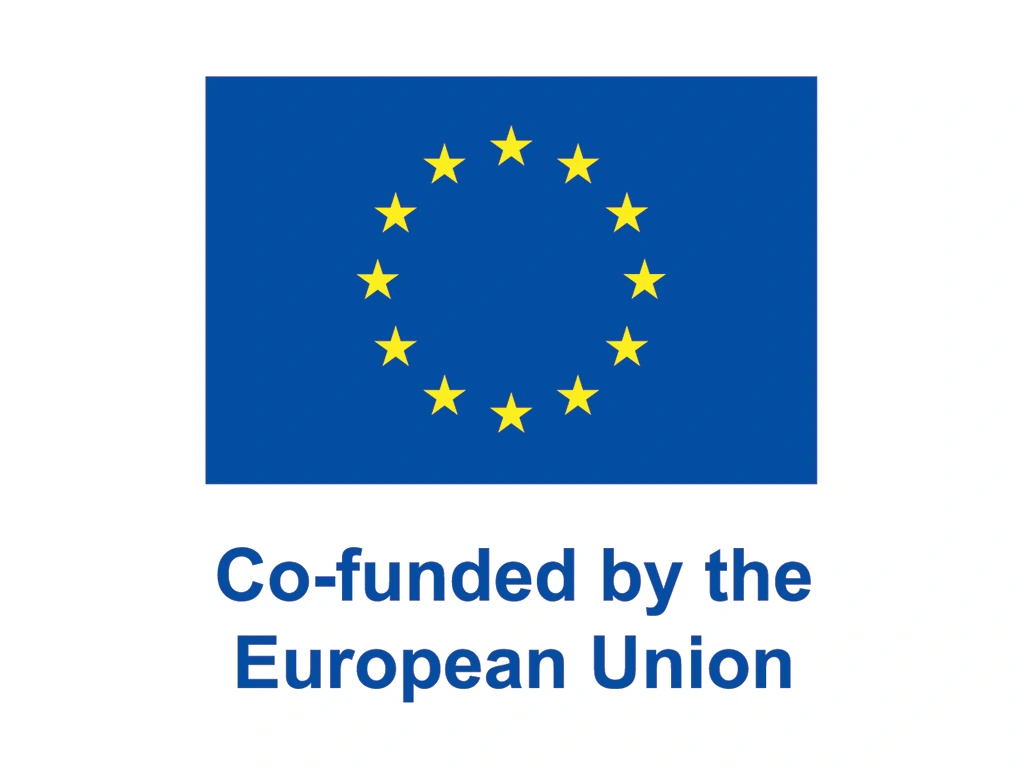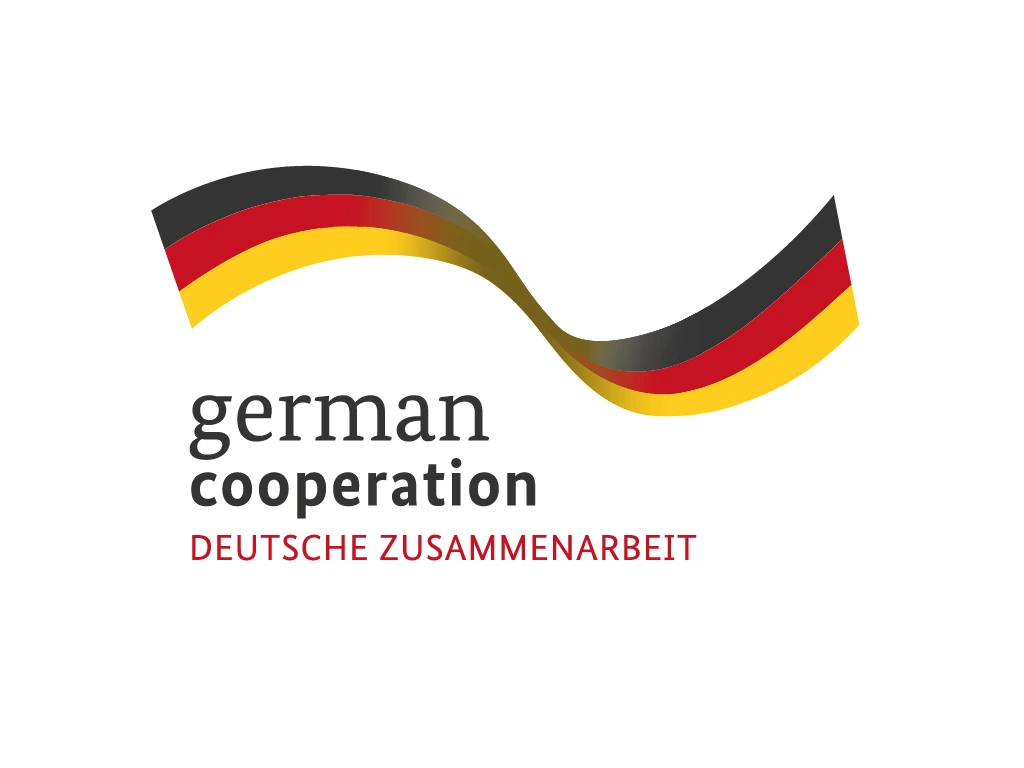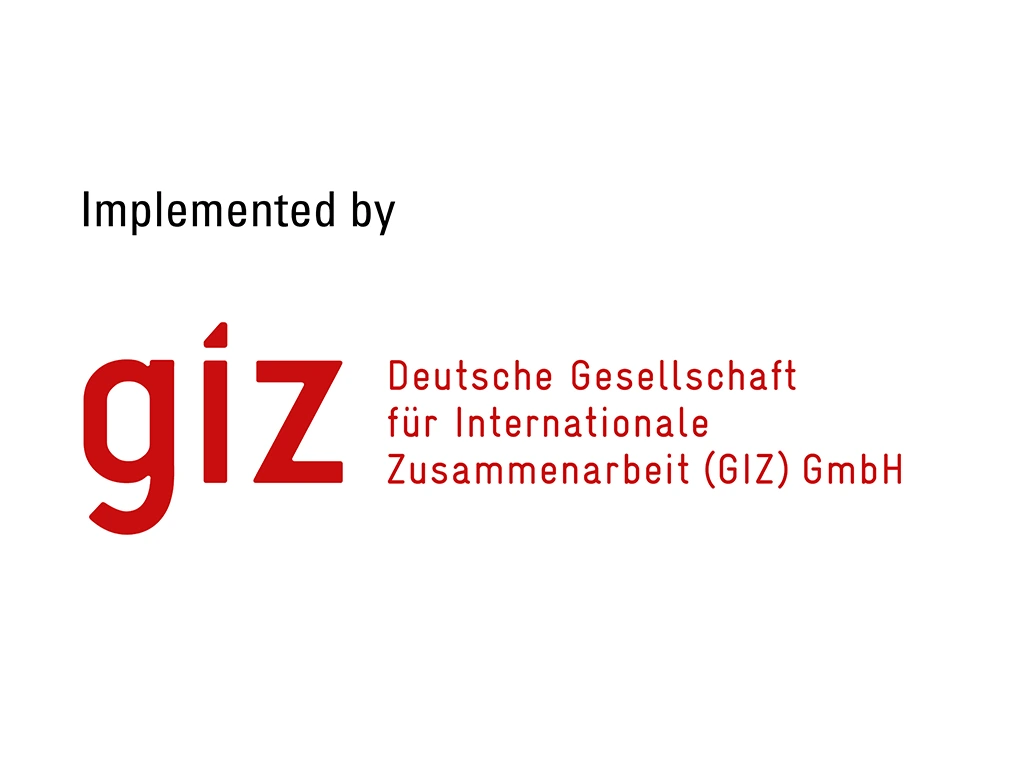
The CEFTA Joint Committee has successfully implemented the mutual recognition of Authorized Economic Operator (AEO) programs across all seven CEFTA markets, creating immediate cost savings and operational efficiencies for certified businesses. AEO-certified companies can now expect up to 70% fewer physical inspections and priority treatment at all CEFTA borders, directly impacting bottom-line performance through reduced supply chain delays.
Strategic Impact for Regional Business Leaders
For CEOs operating across Western Balkan markets, this development represents a fundamental shift in regional trade dynamics. The full operationalization of the AEO recognition agreement, formally adopted in October 2024, eliminates the previous fragmentation where benefits were limited to individual countries. Businesses with AEO certification now enjoy consistent treatment throughout the region, creating strategic advantages in speed-to-market and operational predictability.
“This is the most significant advancement in regional trade facilitation we’ve seen in the past decade,” explains Danijela Gačević, Acting Director at the CEFTA Secretariat. “Certified operators can now leverage their AEO status seamlessly across borders, creating opportunities for supply chain optimization that simply weren’t possible before.”
Implementation Progress by Economy
The implementation status varies across CEFTA members, with some achieving full operational capability faster than others:
Economy | Implementation Status | Key Development |
|---|---|---|
Albania | Fully operational | Dedicated AEO lanes established at all major crossing points |
Bosnia and Herzegovina | Advanced stage | Final IT systems integration underway, expected completion June 2025 |
Kosovo | Fully operational | Leading regional adoption as incoming CEFTA chair |
Moldova | Early implementation | Training programs ongoing for customs officials |
Montenegro | Fully operational | Reporting 65% reduction in clearance times for AEOs |
North Macedonia | Advanced stage | Automated risk management system for AEOs launched in April 2025 |
Serbia | Fully operational | Integration with new SEPA membership creating enhanced benefits |
Business Impact Assessment
Early adopters report significant operational improvements across multiple dimensions:
- Clearance Speed: Average reduction of 62% in border processing time
- Administrative Costs: Documentation requirements reduced by approximately 40%
- Predictability: 86% of AEO shipments cleared without any physical inspection
- Cost Savings: Medium-sized enterprises reporting annual savings between €75,000-€120,000
“The predictability factor alone has transformed our distribution model,” states Goran Cerovina, NELT Bosnia And Herzegovina, a Board Member of the AEO Association. “Previously, we had to build significant buffer time into delivery schedules. Now, with consistent treatment across borders, we’ve been able to implement just-in-time logistics models that were previously impossible in the region.”
Competitive Advantages for AEO Certificate Holders
The recognition program creates substantial advantages for AEO-certified businesses over non-certified competitors:
- Priority Processing: Dedicated lanes and priority treatment during peak periods
- Reduced Working Capital: Faster clearance means less inventory in transit and reduced working capital requirements
- Enhanced Customer Trust: Improved delivery reliability strengthens business relationships
- Cost Structure Advantages: Lower logistics and compliance costs create pricing flexibility
“The competitive edge is significant,” notes Betim Kryeziu, CEO of Golden Eagle and AEO Association board member. “We’re seeing non-certified competitors struggle with delays while our shipments move smoothly across borders. This creates tangible marketplace advantages that go straight to our bottom line.”
Establishment of the CEFTA AEO Customs Group
A critical governance element supporting the recognition program is the newly established CEFTA AEO Customs Group, which held its inaugural meeting in March 2025. This specialized body includes customs representatives from all seven economies and is tasked with:
- Monitoring implementation consistency across borders
- Addressing operational challenges that emerge
- Recommending enhancements to extend benefits
- Serving as liaison with the private sector through the AEO Association
“The creation of a dedicated governance body ensures that implementation doesn’t stall after initial momentum,” explains Genc Celi, newly appointed President of the AEO Association and Trade and Customs Expert. “We now have a formal mechanism to address challenges and continuously improve the program.”
Next Steps for Business Leaders
For executives considering AEO certification or looking to maximize existing certification benefits, the AEO Association recommends the following actions:
- Conduct an ROI Assessment: Calculate potential savings based on current cross-border operations
- Review Supply Chain Design: Evaluate opportunities to optimize regional operations
- Invest in Training: Ensure staff understands how to leverage AEO status at all crossing points
- Engage with the AEO Association: Share implementation challenges to inform policy refinements
- Consider IT Integration: Explore how company systems can integrate with emerging customs platforms
Future Development Roadmap
Looking ahead, several enhancements are planned for 2025-2026:
- Extended Benefits: Kosovo’s CEFTA chairmanship has prioritized expanding AEO privileges
- Digital Integration: Development of an electronic AEO identifier system for automated recognition
- EU Alignment: Preparations for eventual mutual recognition agreement with the EU
- Performance Metrics: Introduction of standardized KPIs for program evaluation across economies
Implementation Challenges
While progress has been significant, business leaders should be aware of ongoing challenges:
- Inconsistent training levels among border officials
- Infrastructure limitations at some crossing points
- Variable IT system integration between economies
- Remaining procedural differences that require harmonization
“These challenges are being systematically addressed,” notes Olgica Nakova, CEO of Translog Express and AEO Association board member. “The important thing is that we now have the institutional framework to resolve them, rather than accepting them as permanent obstacles.”
Conclusion: Strategic Imperatives for Regional Businesses
The full operationalization of the CEFTA AEO Recognition Program creates immediate strategic opportunities for businesses operating across Western Balkan markets. Forward-thinking executives should:
- Prioritize AEO certification if not already certified
- Redesign regional supply chains to maximize recognition benefits
- Engage with the AEO Association to shape future program enhancements
- Monitor implementation progress through quarterly updates
- Prepare for alignment with EU AEO requirements as the next evolutionary step
The AEO Association maintains a monitoring dashboard tracking implementation metrics across all seven economies. For detailed status reports and assistance with maximizing AEO benefits, contact the Association’s Secretariat at connect@aeoassociation.com.


